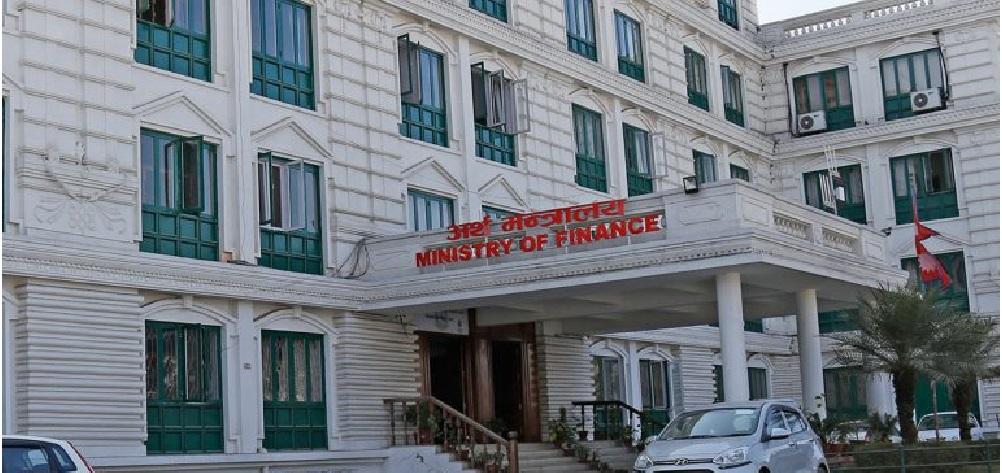By Dipesh Ghimire
Nepal’s Banking Sector Faces Growing Challenges: A Critical Crossroad

Nepal's banking and financial institutions are grappling with one of the most challenging phases in their history. Despite robust external economic indicators, internal weaknesses in the economy have significantly strained the banking sector. These challenges are causing stagnation in investments, declining profits, and rising non-performing assets (NPA), threatening the stability of the financial ecosystem.
Non-performing assets, once a manageable 1% of total loans, have surged to over 4% in most banks. This increase reflects a systemic inability to recover loans and points to deeper economic stress. Simultaneously, declining profitability has raised concerns among investors, with many seeking safer avenues outside the banking sector.
Increased operational costs, sluggish property sales, and a growing exodus of skilled professionals further exacerbate the situation. Banks’ inability to sustain normal debt and interest recovery from previously disbursed loans has resulted in a growing pool of bad debts, further straining financial resources.
Nepal Rastra Bank's (NRB) capital increment policies have strengthened banks' financial bases. However, the recently proposed Bank and Financial Institution Act (BAFIA) has created uncertainty across the banking and private sectors. Provisions barring major shareholders from borrowing from banks have drawn criticism, with concerns that such restrictions could deter investment and entrepreneurship.
This legislative ambiguity has also raised questions about Nepal's overall economic trajectory, particularly as it moves towards becoming a developing nation by 2026.
Despite sufficient liquidity and record-low interest rates, investment and credit expansion remain subdued. Investor sentiment has plummeted, with pessimism among entrepreneurs and businesses creating a bottleneck for economic and banking activities. The lack of confidence underscores the urgent need for policy reforms to rebuild momentum.
Addressing these multifaceted challenges requires immediate and strategic interventions:
Policy Reforms: Streamline capital expenditure systems and enhance the effectiveness of policy implementation.
Boosting Revenue: Broaden the tax base to improve revenue collection without increasing tax rates.
Timely Payments: Expedite payments of government dues, including contractor payments and subsidies, to stimulate liquidity.
Facilitating Foreign Investment: Simplify policies to attract foreign investment in banking and financial institutions.
Nepal must prioritize modernizing agriculture, promoting exports, and easing credit flows. Policies should incentivize innovative projects, youth entrepreneurship, and the upscaling of small and medium enterprises (SMEs). Simplifying loan disbursement and improving access to credit, especially for agriculture and manufacturing sectors, is critical for long-term growth.
To mitigate the loss of skilled workers and harness the potential of returnees from abroad, Nepal must create policies that:
Link skills to domestic employment opportunities.
Encourage innovation and entrepreneurship to retain talent within the country.
Provide opportunities for returnees to apply their expertise in high-value sectors.
Banks opening branches in remote and underserved areas face significant challenges, yet their contributions to financial inclusion must be recognized. Incentives such as tax breaks on profits for banks expanding into marginalized regions could encourage growth and development.
Revising the BAFIA provisions to align with investor interests and fostering a business-friendly environment will be pivotal. Policies must ensure fair returns on investments to regain investor confidence and promote economic participation.
Nepal’s banking sector stands at a critical juncture. Addressing rising NPAs, legislative ambiguities, and investment stagnation requires collaborative efforts from the government, NRB, and private stakeholders. With sound reforms, clear policies, and a focus on sustainable growth, Nepal can navigate these challenges and position itself as an investment hub, driving long-term economic prosperity.
The road ahead demands innovation, inclusivity, and a unified approach to bolster confidence in the banking and financial sector while steering the economy toward resilience and stability.









